Welche Nachteile haben E-Bikes?

Als Fortbewegungsmittel, das traditionelle Fahrräder mit moderner Elektrotechnologie kombiniert, bietet das E-Bike (elektrisch unterstütztes Fahrrad) viele Vorteile, aber auch einige Nachteile. Im Folgenden finden Sie eine detaillierte Zusammenfassung der Nachteile des E-Bikes:
1. Hoher Preis
Relative Kosten: Im Vergleich zu herkömmlichen Fahrrädern sind E-Bikes in der Regel teurer. Dies liegt hauptsächlich an der Integration von Hightech-Komponenten wie Batterien, Motoren und elektronischen Steuerungssystemen, was die Herstellungskosten erhöht.
Marktpositionierung: Einige E-Bike-Marken und -Produkte sind im High-End-Markt positioniert und kosten Tausende oder sogar Zehntausende, was für manche Verbraucher mit begrenztem Budget unerschwinglich sein kann.
2. Schweres Gewicht
Unbequemer Transport: Durch die Integration von Komponenten wie Akkus ist das Gesamtgewicht eines E-Bikes in der Regel höher als das eines herkömmlichen Fahrrads. Obwohl dies beim täglichen Fahren keine großen Auswirkungen hat, kann es beim Transport oder Tragen unpraktisch sein.
Es gibt bestimmte Anforderungen an die körperliche Kraft: Obwohl das E-Bike über eine Motorunterstützung verfügt, muss der Fahrer in manchen Fällen (z. B. wenn der Akku schwach ist oder das Fahrzeug manuell eingestellt werden muss) dennoch über eine gewisse körperliche Kraft verfügen.
3. Begrenzung der Akkulaufzeit
Bedenken hinsichtlich der Akkulaufzeit: Die Akkulaufzeit eines E-Bikes wird von vielen Faktoren beeinflusst, wie z. B. der Akkukapazität, dem Fahrmodus und den Straßenbedingungen. Obwohl die meisten E-Bikes den täglichen Bedarf für den Arbeitsweg decken, kann es bei Langstreckenfahrten oder unter rauen Bedingungen zu einer unzureichenden Akkulaufzeit kommen.
Ladezeit: Ähnlich wie reine Elektrofahrzeuge müssen auch E-Bikes aufgeladen werden. Obwohl die Ladezeit relativ kurz ist, kann sie für den Fahrer in manchen Fällen (z. B. wenn das Fahrzeug dringend benötigt wird und der Akku schwach ist) zu Unannehmlichkeiten führen.
1. Hoher Preis
Relative Kosten: Im Vergleich zu herkömmlichen Fahrrädern sind E-Bikes in der Regel teurer. Dies liegt hauptsächlich an der Integration von Hightech-Komponenten wie Batterien, Motoren und elektronischen Steuerungssystemen, was die Herstellungskosten erhöht.
Marktpositionierung: Einige E-Bike-Marken und -Produkte sind im High-End-Markt positioniert und kosten Tausende oder sogar Zehntausende, was für manche Verbraucher mit begrenztem Budget unerschwinglich sein kann.
2. Schweres Gewicht
Unbequemer Transport: Durch die Integration von Komponenten wie Akkus ist das Gesamtgewicht eines E-Bikes in der Regel höher als das eines herkömmlichen Fahrrads. Obwohl dies beim täglichen Fahren keine großen Auswirkungen hat, kann es beim Transport oder Tragen unpraktisch sein.
Es gibt bestimmte Anforderungen an die körperliche Kraft: Obwohl das E-Bike über eine Motorunterstützung verfügt, muss der Fahrer in manchen Fällen (z. B. wenn der Akku schwach ist oder das Fahrzeug manuell eingestellt werden muss) dennoch über eine gewisse körperliche Kraft verfügen.
3. Begrenzung der Akkulaufzeit
Bedenken hinsichtlich der Akkulaufzeit: Die Akkulaufzeit eines E-Bikes wird von vielen Faktoren beeinflusst, wie z. B. der Akkukapazität, dem Fahrmodus und den Straßenbedingungen. Obwohl die meisten E-Bikes den täglichen Bedarf für den Arbeitsweg decken, kann es bei Langstreckenfahrten oder unter rauen Bedingungen zu einer unzureichenden Akkulaufzeit kommen.
Ladezeit: Ähnlich wie reine Elektrofahrzeuge müssen auch E-Bikes aufgeladen werden. Obwohl die Ladezeit relativ kurz ist, kann sie für den Fahrer in manchen Fällen (z. B. wenn das Fahrzeug dringend benötigt wird und der Akku schwach ist) zu Unannehmlichkeiten führen.




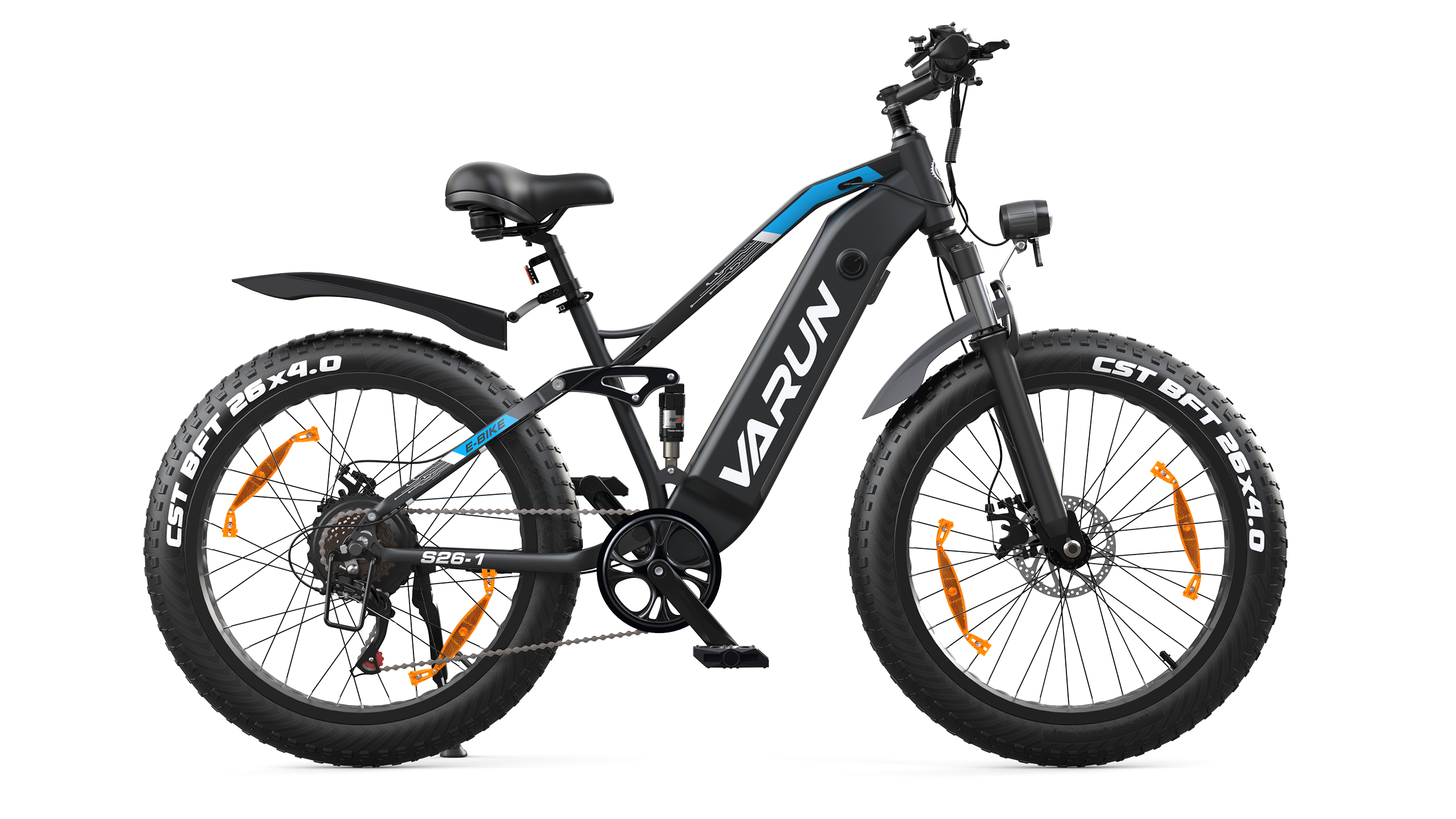
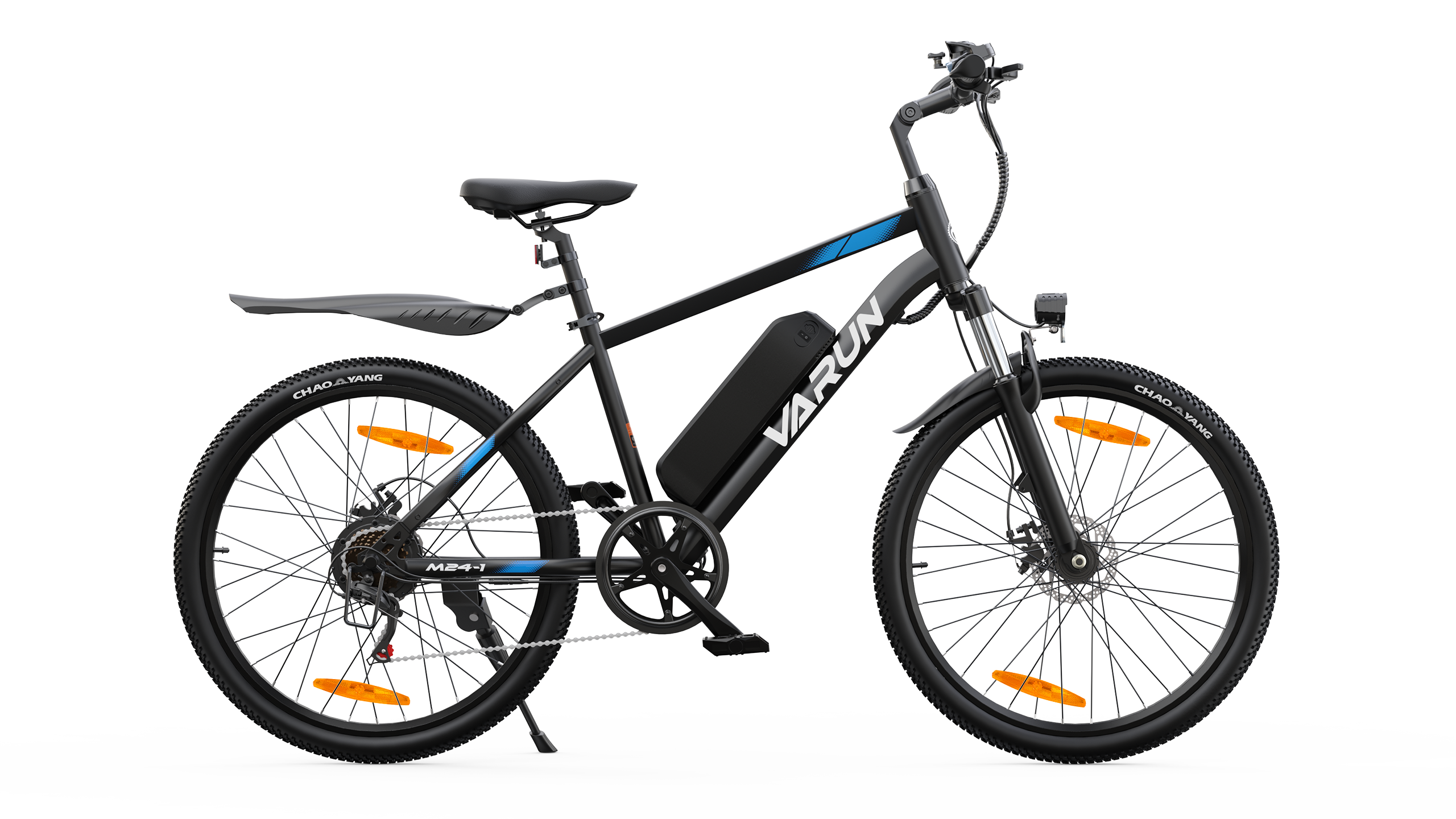
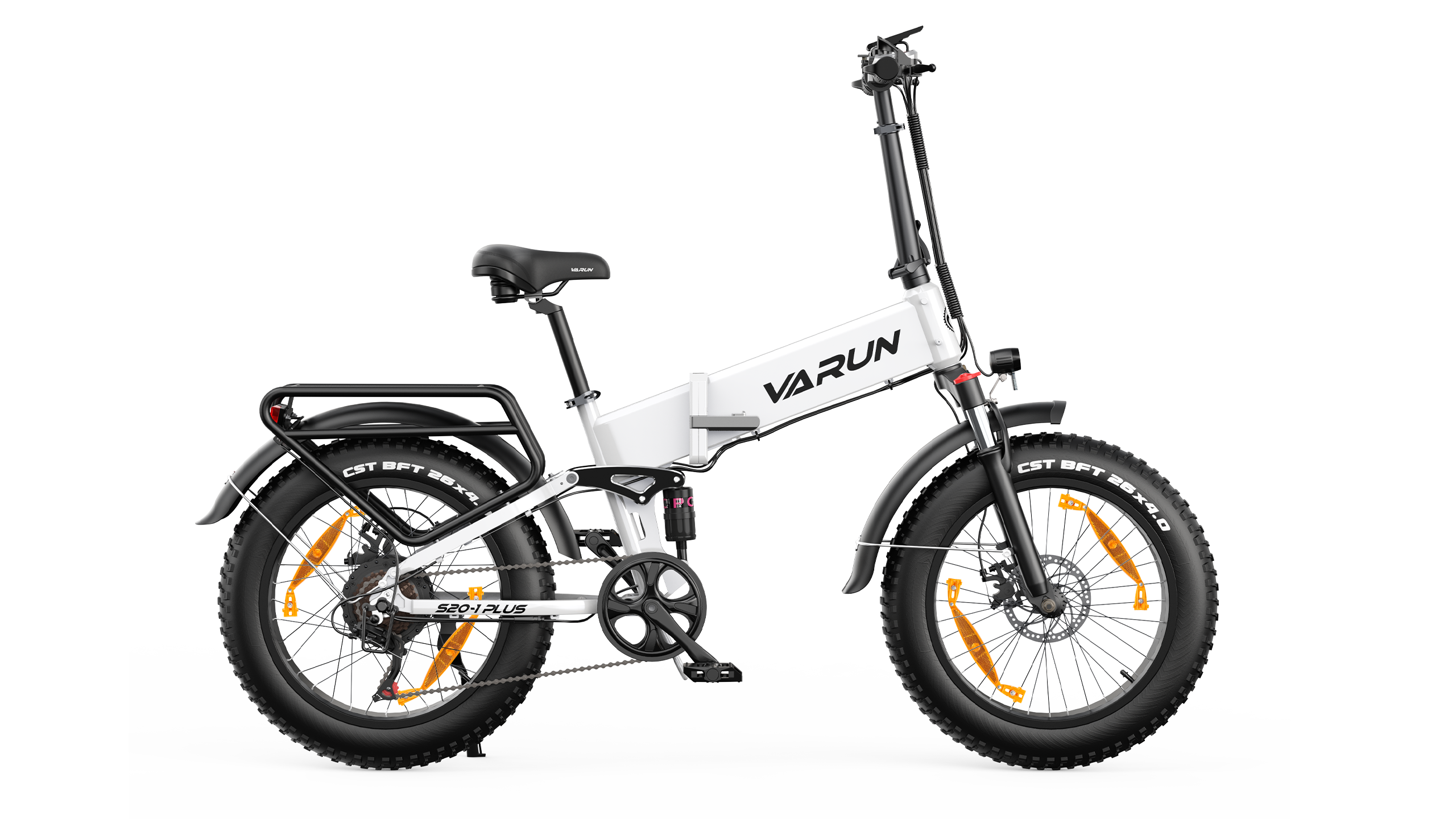





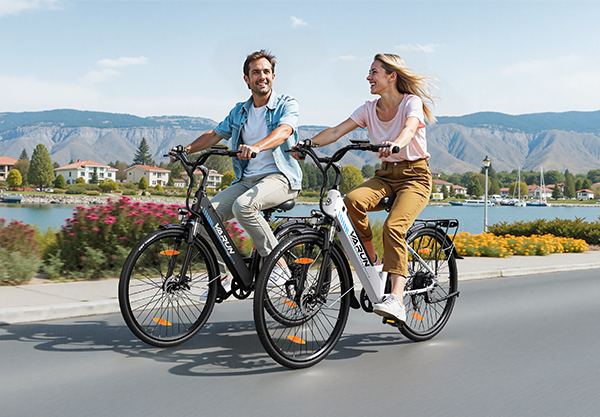

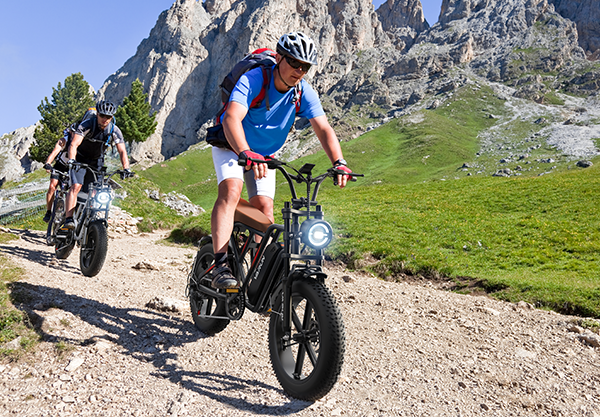

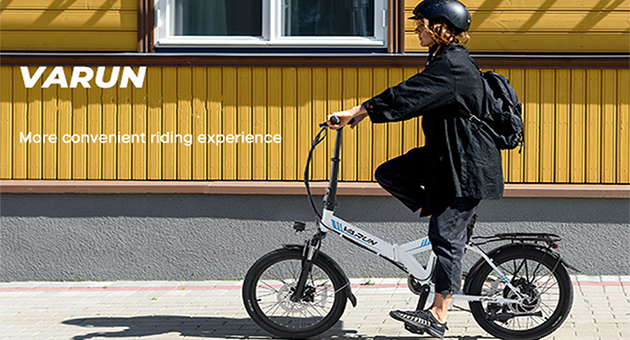

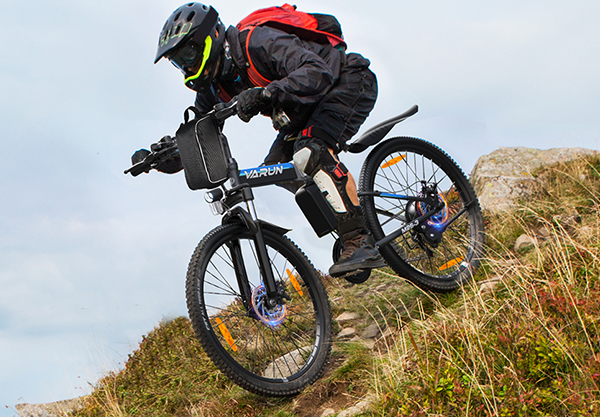








Hinterlassen Sie einen Kommentar